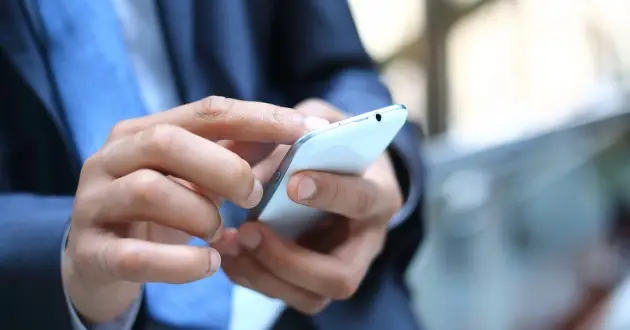Phone Phreaking – Landmark Cases and Legislation That Shaped Cybersecurity Policies
Phone phreaking, a practice that began in the 1960s, involved exploiting the analog telephone system to make free long-distance calls or gain unauthorized access to phone networks. This subversive activity sparked significant legal and legislative responses as it highlighted vulnerabilities in telecommunications infrastructure and raised broader concerns about cybersecurity. Landmark cases and evolving legislation have shaped the current cybersecurity landscape, reflecting a growing awareness of digital security and the need for comprehensive legal frameworks. One of the earliest and most influential legal responses to phone phreaking came with the case of United States v. McCoy 1978. In this case, the defendant, a prominent phone phreaker, was convicted under federal statutes for his role in manipulating phone systems. The case highlighted the need for clearer legal definitions regarding electronic fraud and unauthorized access to communications networks. The ruling underscored the judiciary’s recognition of phone phreaking as a serious offense, setting a precedent for future legal challenges in the realm of telecommunications.

The legislative landscape began to evolve more significantly with the passage of the Computer Fraud and Abuse Act CFAA in 1986. The CFAA was a pioneering piece of legislation aimed at addressing computer-related crimes, including unauthorized access to systems and data. Initially, the CFAA focused primarily on computer systems but was later expanded to encompass a broader range of cybercrimes, including those related to telecommunications. This expansion was partly driven by the increasing sophistication of phone phreaking and other cyber-related offenses. They further developments with the Digital Millennium Copyright Act DMCA of 1998, which introduced new measures to protect intellectual property in the digital age. Although primarily focused on copyright issues, the DMCA also addressed technological protection measures and anti-circumvention provisions, which had implications for phone phreakers who used various tools and techniques to bypass security systems. The 21st century brought more focused legislation on cybercrimes, with the USA PATRIOT Act of 2001 and subsequent amendments enhancing law enforcement’s ability to investigate and prosecute digital crimes.
These measures included provisions for intercepting electronic communications and obtaining digital evidence, reflecting a broader understanding of the interconnected nature of phone and computer networks. The PATRIOT Act and its amendments expanded the scope of legal protections against unauthorized access and provided authorities with greater tools to combat cybercrimes, including those related to history of phone phreaking. In recent years, legislation has continued to evolve with the growing complexity of cybersecurity threats. Additionally, various state and federal laws have been enacted to address specific aspects of cybercrime, including the Criminal Fraud and Abuse Act, which further refines legal definitions and penalties related to digital offenses. Overall, the legal and legislative responses to phone phreaking have played a crucial role in shaping modern cybersecurity policies. From early cases that set legal precedents to comprehensive laws that address the broad spectrum of cybercrimes, these developments reflect a growing recognition of the need to protect telecommunications and digital systems from unauthorized access and exploitation. As technology continues to advance, ongoing legislative efforts will be essential in addressing emerging threats and ensuring robust cybersecurity protections.